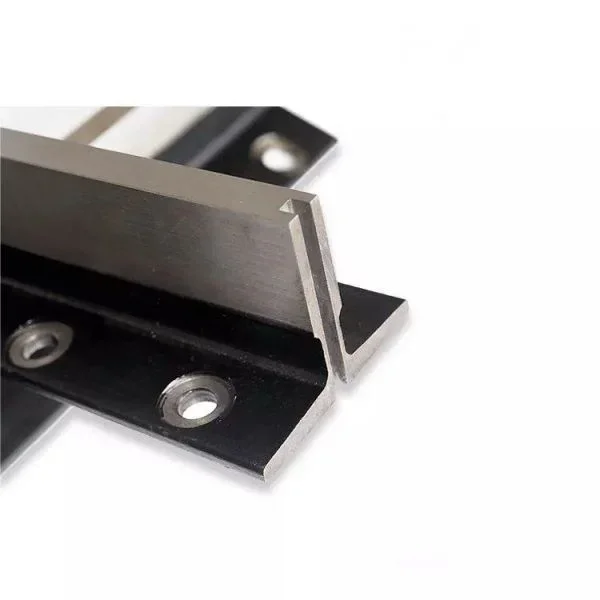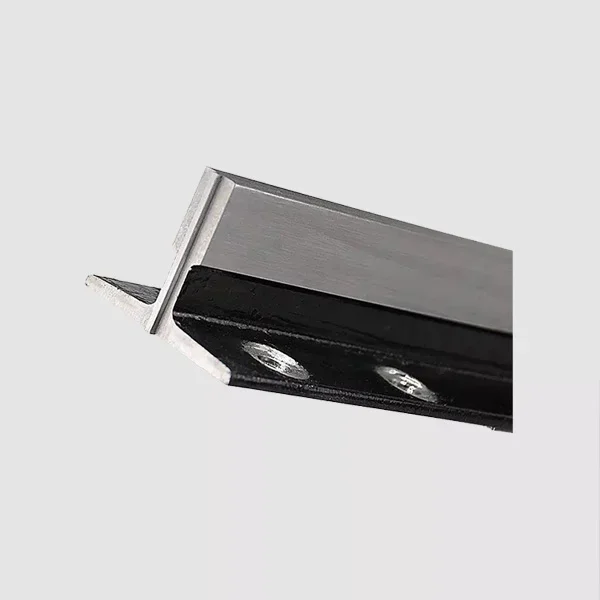Welcome to our blog, where we are diving deep into the world of precision engineering! In this article, we will explore the ins and outs of machined guide rails – those unsung heroes that play a crucial role in high-precision operations. Whether you’re involved in manufacturing, robotics, or any industry that requires utmost accuracy and smooth movement, understanding the importance of machined guide rails is paramount.
Advantages of Using Machined Guide Rails in High-Precision Operations
Machined guide rails play a vital role in high-precision operations, offering numerous advantages that contribute to the overall efficiency and accuracy of the process. One significant advantage is their ability to provide smooth and precise linear motion. The precision machining ensures tight tolerances, allowing for minimal deviation and vibration during operation.
Another advantage is the enhanced durability of machined guide rails. These rails are engineered with high-quality materials such as hardened steel or aluminum, which can withstand heavy loads and prolonged use without compromising performance. This durability translates into reduced maintenance requirements and increased longevity of the equipment.
Additionally, machined guide rails offer excellent repeatability. With their consistent dimensions and precise manufacturing processes, these guide rails ensure that movements are replicated accurately every time. This eliminates errors caused by variations in positioning or alignment, resulting in improved overall product quality.
Furthermore, these guide rails provide exceptional stability throughout the operation. Their rigid construction minimizes deflection under load, maintaining consistent contact between moving parts and reducing any potential sources of error or inaccuracies.
Moreover, using machined guide rails can enhance productivity by reducing downtime associated with misalignment or wear over time. The accurate guidance provided by these rails reduces the need for constant adjustments or replacements.
Incorporating machined guide rails into high-precision operations offers significant advantages such as smooth linear motion, enhanced durability,repeatability,stability,and increased productivity due to reduced downtime.

Types of Machined Guide Rails and their Applications
There are various types of machined guide rails available in the market, each designed to suit specific applications and requirements. Let's explore some of them:
1. Linear Ball Guides:
These guide rails utilize recirculating ball bearings to provide smooth linear motion with minimal friction. They are commonly used in high-speed and high-precision operations such as CNC machines, robotics, and semiconductor manufacturing.
2. Profiled Rail Guides:
Profiled rail guides consist of a precision-ground rail and carriage system that offers excellent rigidity and load-bearing capacity. They find extensive use in heavy-duty applications like machine tools, industrial automation systems, and material handling equipment.
3. Roller Guides:
As the name suggests, roller guides employ rollers instead of balls for guiding motion along the rail surface. This design facilitates higher load-carrying capabilities while maintaining precision performance over extended periods. Roller guides are often applied in woodworking machinery, printing presses, and packaging equipment.
4. Crossed Roller Slides:
Crossed roller slides feature crossed cylindrical rollers arranged at 90-degree angles to one another on V-shaped raceways within the slide unit. This configuration ensures exceptional accuracy even under heavy loads or moments, making them suitable for optical inspection systems, microscopy stages, and medical devices.
5. Air Bearing Guides:
In certain ultra-high precision applications where zero friction is essential, air bearing guides offer unparalleled performance by utilizing a thin film of air for floating motion without any physical contact between surfaces. These guides are extensively utilized in metrology instruments like coordinate measuring machines (CMM) or nanotechnology research equipment.
Each type of machined guide rail has its own unique advantages that cater to specific operational needs across different industries.
Factors to Consider When Choosing the Right Machined Guide Rails for Your Operation
When it comes to choosing the right machined guide rails for your operation, there are several important factors that need to be considered. First and foremost, you need to think about the specific requirements of your application. Are you working with heavy loads or high speeds? This will help determine the type and size of guide rail that is most suitable.
Another factor to consider is the material of the guide rail itself. Different materials have different properties in terms of strength, durability, and resistance to wear. For example, stainless steel guide rails may be more suitable for applications where corrosion resistance is important.
The accuracy and precision required for your operation should also be taken into account. Machined guide rails can vary in terms of their tolerance levels and surface finish, so it's crucial to choose one that meets your specific needs.
Additionally, consider compatibility with other components in your system. The guide rail should work seamlessly with other elements such as bearings or linear motion systems.
Don't forget about maintenance requirements and cost-effectiveness. Some types of machined guide rails may require more frequent lubrication or replacement parts over time.
By carefully considering these factors when selecting machined guide rails for your operation, you can ensure optimal performance and longevity while avoiding potential issues down the line.

Conclusion
In today's fast-paced, competitive industrial environment, precision is the key to success. Whether you are involved in manufacturing, automation, or any other high-precision operation, using machined rails can make all the difference.
By providing stability and accuracy to your machine, machined rails ensure every movement is smooth and precise. This not only improves product quality but also increases overall efficiency and productivity.
When selecting the right machined rail for your operation, consider factors such as load capacity, accuracy requirements, environmental conditions and maintenance needs. By carefully analyzing these aspects and consulting with experts in the field, you can choose the best rail for your specific application.
Investing in high-quality machined rails may come with a higher initial cost, but will undoubtedly pay off in long-term performance benefits. These durable components are designed to withstand heavy loads and resist long-term wear, ensuring reliable operation even under demanding conditions.
So why settle for less than optimal accuracy? Embrace the power of machined rails and take your high-precision operations to new heights. With their many benefits and wide range of applications across various industries, these essential components are a worthwhile investment.
Liyang Huake Machinery Co., Ltd. is mainly engaged in the production and sales of various elevator guide rails and accessories.
As a trusted elevator guide rail manufacturer, we are committed to providing excellent products and services to meet the needs of our customers worldwide. Contact us today to learn more or to discuss your specific elevator guide rail requirements.







